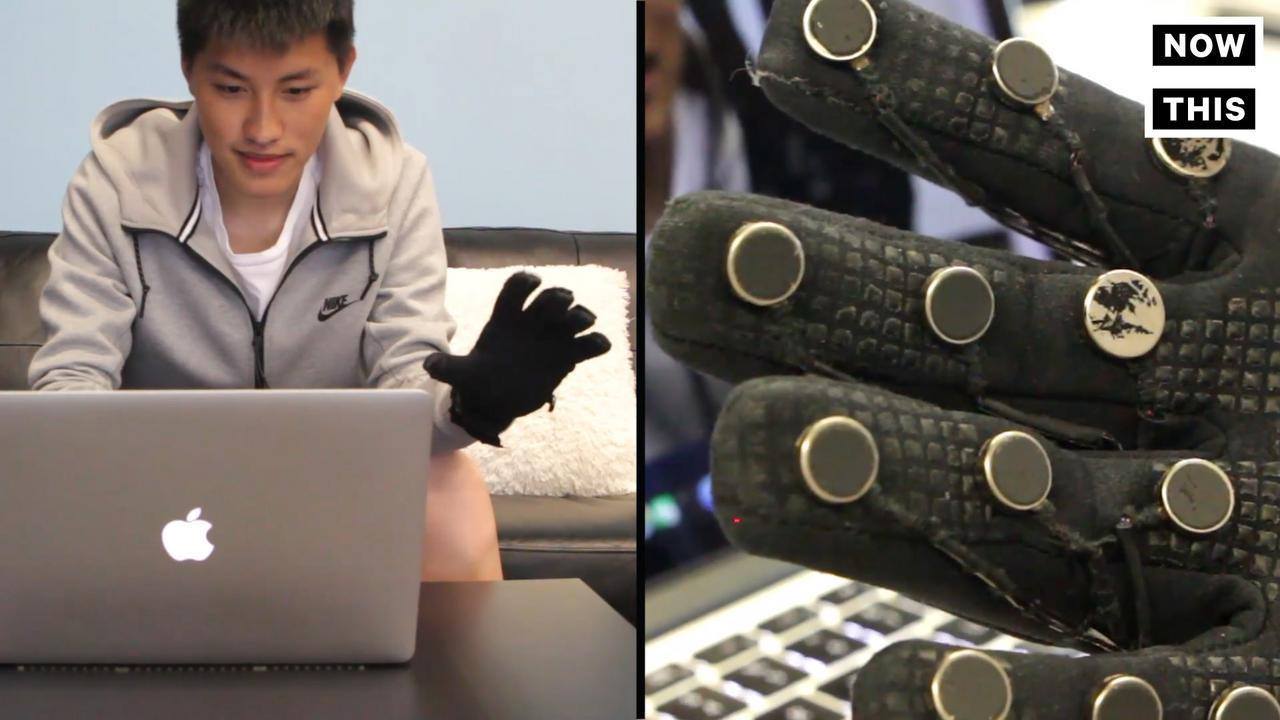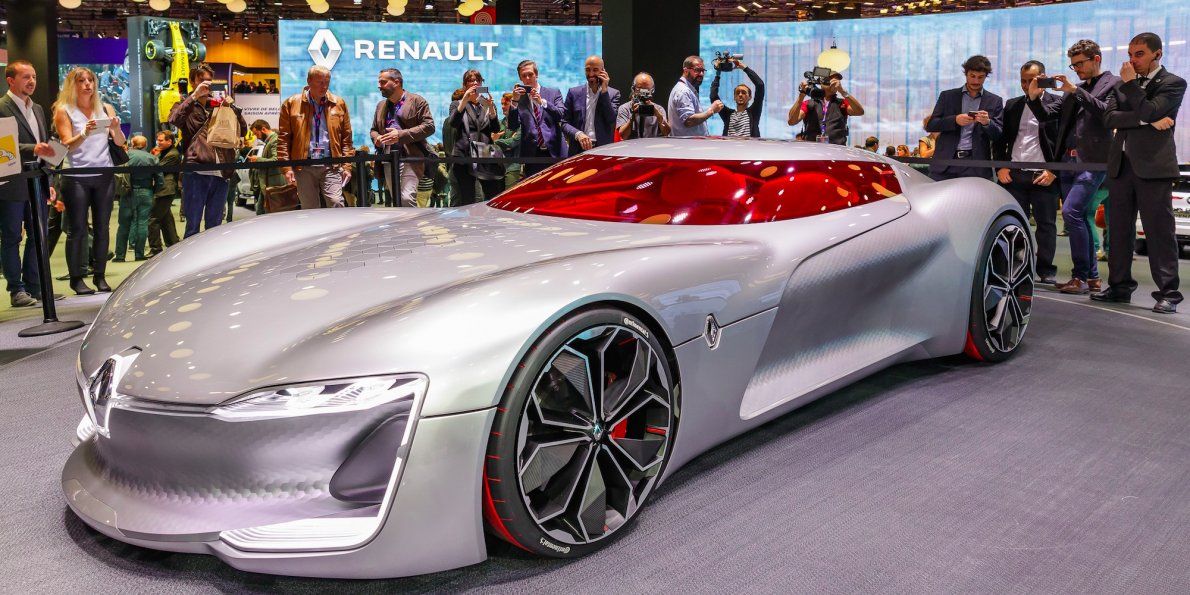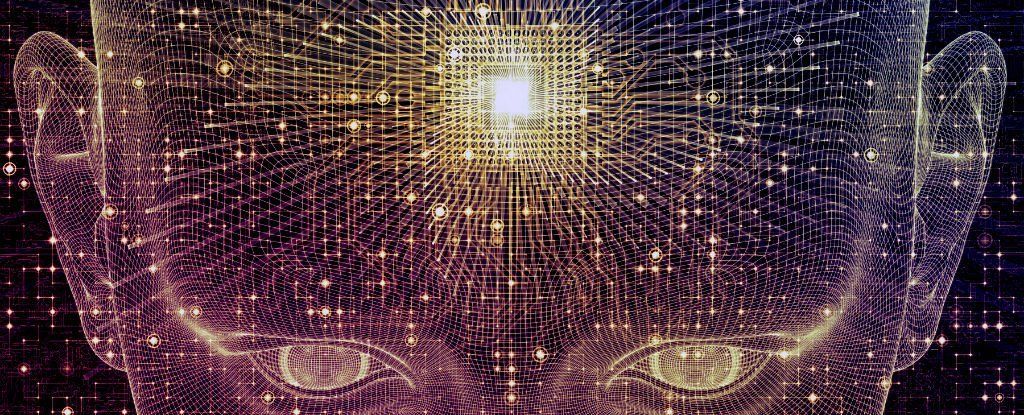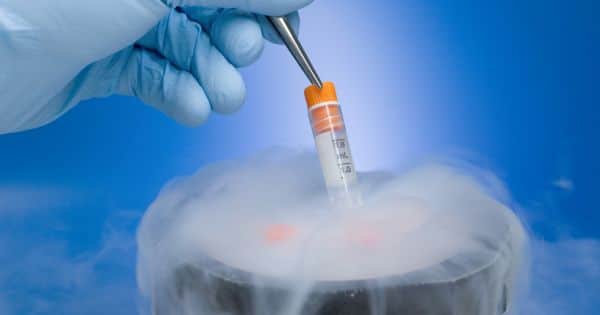Page 10399
Mar 13, 2017
Tesla Unveils an Enormous Solar Farm to Replace 1.6M Gallons of Fuel a Year
Posted by Shailesh Prasad in category: sustainability
Mar 13, 2017
Renault’s stunning electric supercar was just named concept car of the year — here’s a closer look
Posted by Shailesh Prasad in categories: energy, transportation
Renault’s latest concept car, called Trezor, has two electric batteries and a whole lot of power.
Mar 13, 2017
Elon Musk: SpaceX is going to launch 2 space tourists ‘beyond the moon’
Posted by Shailesh Prasad in categories: Elon Musk, space travel
In 2018, two unnamed private investors plan to embark on a one-week mission past the moon, into deep space, and then back to Earth.
Mar 13, 2017
Scientists Want to Build a Super-Fast, Self-Replicating Computer That “Grows as It Computes”
Posted by Shailesh Prasad in categories: computing, information science, quantum physics
Scientists say it’s possible to build a new type of self-replicating computer that replaces silicon chips with processors made from DNA molecules, and it would be faster than any other form of computer ever proposed — even quantum computers.
Called a nondeterministic universal Turing machine (NUTM), it’s predicted that the technology could execute all possible algorithms at once by taking advantage of DNA’s ability to replicate almost perfect copies of itself over billions of years.
The basic idea is that our current electronic computers are based on a finite number of silicon chips, and we’re fast approaching the limit for how many we can actually fit in our machines.
Mar 13, 2017
Teenager’s sickle cell reversed with world-first therapy
Posted by Shailesh Prasad in category: biotech/medical
Mar 13, 2017
Researchers Have Found a “Reset Button” for Aging Cells
Posted by Shailesh Prasad in categories: biotech/medical, life extension
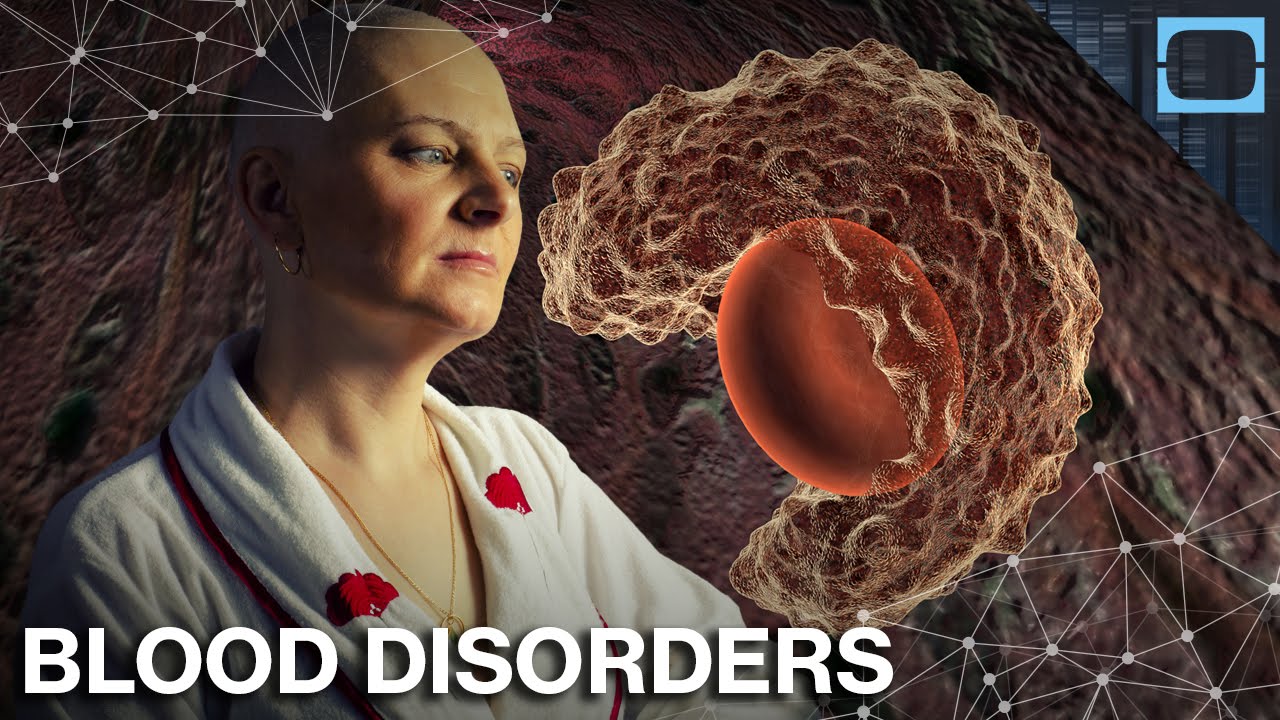
The technique could be particularly useful for combating blood-related cancers and other disorders, as well as its anti-aging potential.
Mar 13, 2017
Scientists Have Made a Huge Breakthrough In Cryogenics
Posted by Shailesh Prasad in categories: biotech/medical, cryonics, life extension
Cryopreservation is the process of freezing organs and tissues at very low temperatures in order to preserve them. While it sounds simple in theory, only a handful of cells and tissues have survived this method. This is because while science has successfully developed ways to cool organs to the very low temperatures required for preservation, thawing them out has proven far more difficult. As the specimen thaws, it forms ice crystals, which can damage the tissue and render organs unusable.
Right now, the process is only a viable option for small samples, such as sperm or embryos. Previous efforts using slow warming techniques have proven to be effective on samples of that size, but haven’t worked for larger tissue samples, like whole human organs. The inability to safely thaw the tissue has also precluded the theoretical concept of cryogenically preserving entire human bodies, with the intention of reanimating them later. The concept has roots in cryogenic technology, but is actually referred to as “cryonics”, and the scientific community generally considers it to be more science fiction than science fact — at least for the time being.
A recent study has made a significant breakthrough which may well begin closing that gap even more. Using a new technique, scientists were able to cryopreserve human and pig samples, then successfully rewarm it without causing any damage to the tissue.
Continue reading “Scientists Have Made a Huge Breakthrough In Cryogenics” »
